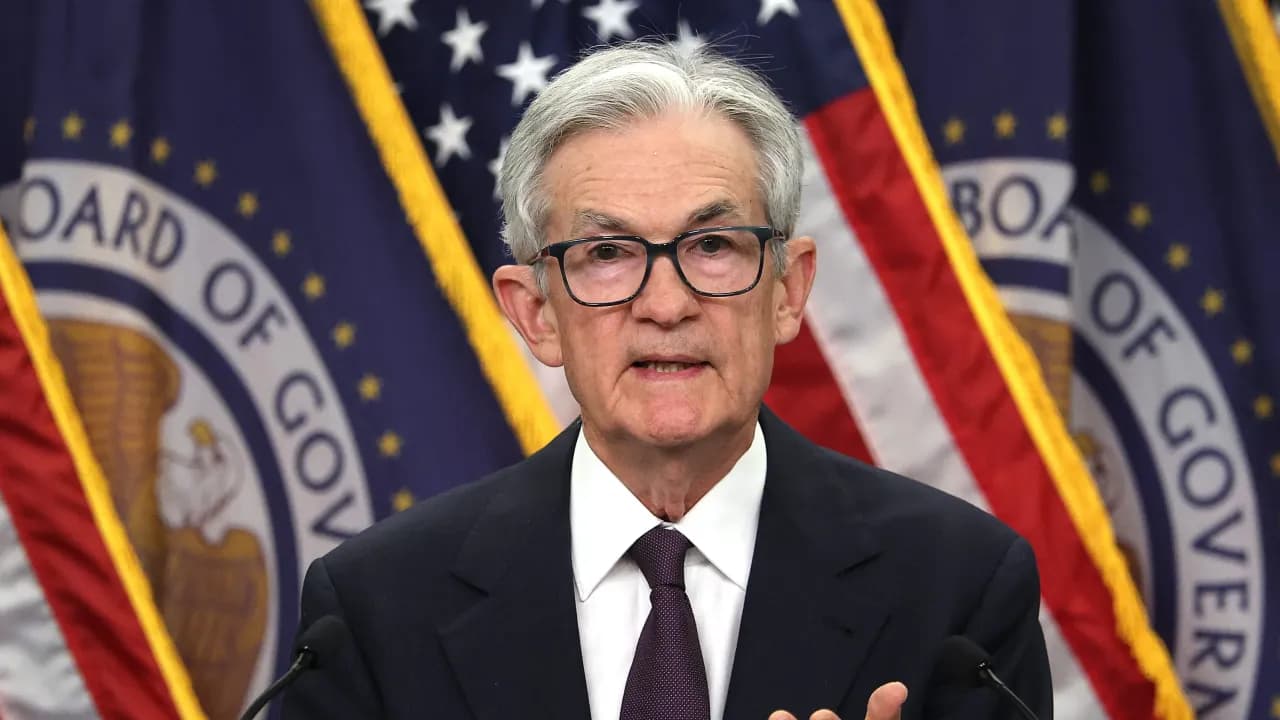In its latest Monetary Policy Report, the central bank maintained its cautious stance on rate cuts, saying it is better to wait for more clarity on inflation and economic activity.
The Federal Reserve said it is still “early” to assess the impact of President Donald Trump’s tariffs on inflation, after keeping key borrowing rates unchanged earlier this week.

In its latest Monetary Policy Report, the central bank maintained its cautious stance on rate cuts, saying it is better to wait for more clarity on inflation and economic activity.
It also reiterated its stance on returning inflation to its 2% target and said it will carefully assess the incoming data, the evolving economic outlook, and the balance of risks before taking a call on cutting interest rates.
“The effects on U.S. consumer prices of the increase in import tariffs this year are highly uncertain, as trade policy continues to evolve, and it is still early to assess how consumers and firms will respond,” the report said, ahead of Fed Chair Jerome Powell’s testimony before Congress next week.
Meanwhile, equity markets ticked lower as investors weighed the impact of a potential U.S. strike on Iran and the Fed’s rate policy going forward.
At the time of writing, the SPDR S&P 500 ETF (SPY), which tracks the S&P 500 index, was up 0.07%, while the Invesco QQQ Trust (QQQ) fell 0.16%. Stocktwits data shows retail sentiment around the S&P 500 ETF has remained in the ‘bearish’ territory over the past week.
Earlier on Wednesday, the Federal Open Market Committee (FOMC) kept the key borrowing rates unchanged, maintaining them in the 4.25% to 4.5% range.
While observing that the uncertainty about the economic outlook has diminished, the FOMC noted that it remains elevated.
Dot plot rate projections still point to two possible rate cuts in 2025.
Fed Governor Christopher Waller said a cut is possible as early as July, saying that the central bank should move now, even if slowly, to prevent a potential slowdown in the labor market.
“We’ve been on pause for six months to wait and see, and so far, the data has been fine. ... I don’t think we need to wait much longer, because even if the tariffs come in later, the impacts are still the same,” he said.
For updates and corrections, email newsroom[at]stocktwits[dot]com.<
